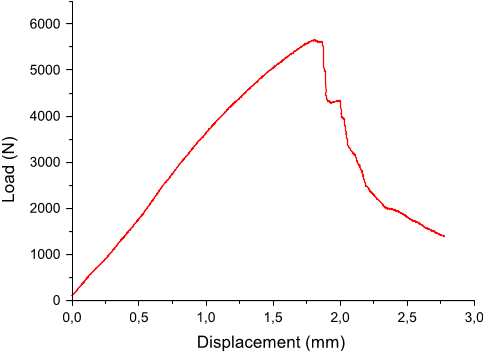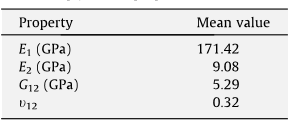Abstract: : An integral is exhibited which has the same value for all paths surrounding a class of notches in two-dimensional deformation fields of linear or non-linear elastic materials. The integral may be evaluated almost by inspection for a few notch configurations. Also, for materials of the elastic- plastic type (treated through a deformation rather than incremental formulation) , with a linear response to small stresses followed by non-linear yielding, the integral may be evaluated in terms of Irwin's stress intensity factor when yielding occurs on a scale small in comparison to notch size. On the other hand, the integral may be expressed in terms of the concentrated deformation field in the vicinity of the notch tip. This implies that some information on strain concentrations is obtainable without recourse to detailed non-linear analyses. Such an approach is exploited here. Applications are made to: Approximate estimates of strain concentrations at smooth ended notch tips in elastic and elastic-plastic materials, A general solution for crack tip separation in the Barenblatt-Dugdale crack model, leading to a proof of the identity of the Griffith theory and Barenblatt cohesive theory for elastic brittle fracture and to the inclusion of strain hardening behavior in the Dugdale model for plane stress yielding, and An approximate perfectly plastic plane strain analysis, based on the slip line theory, of contained plastic deformation at a crack tip and of crack blunting.










![Fig. 8. Geometry of compact compression test specimen (after [14], dimensions in mm).](/figures/fig-8-geometry-of-compact-compression-test-specimen-after-14-2il680ky.png)

![Fig. 7. Geometry of compact tension test specimen (after [14], dimensions in mm).](/figures/fig-7-geometry-of-compact-tension-test-specimen-after-14-3v7xvx69.png)
